Understanding Built-In Kitchen Cupboards: Definition and Benefits
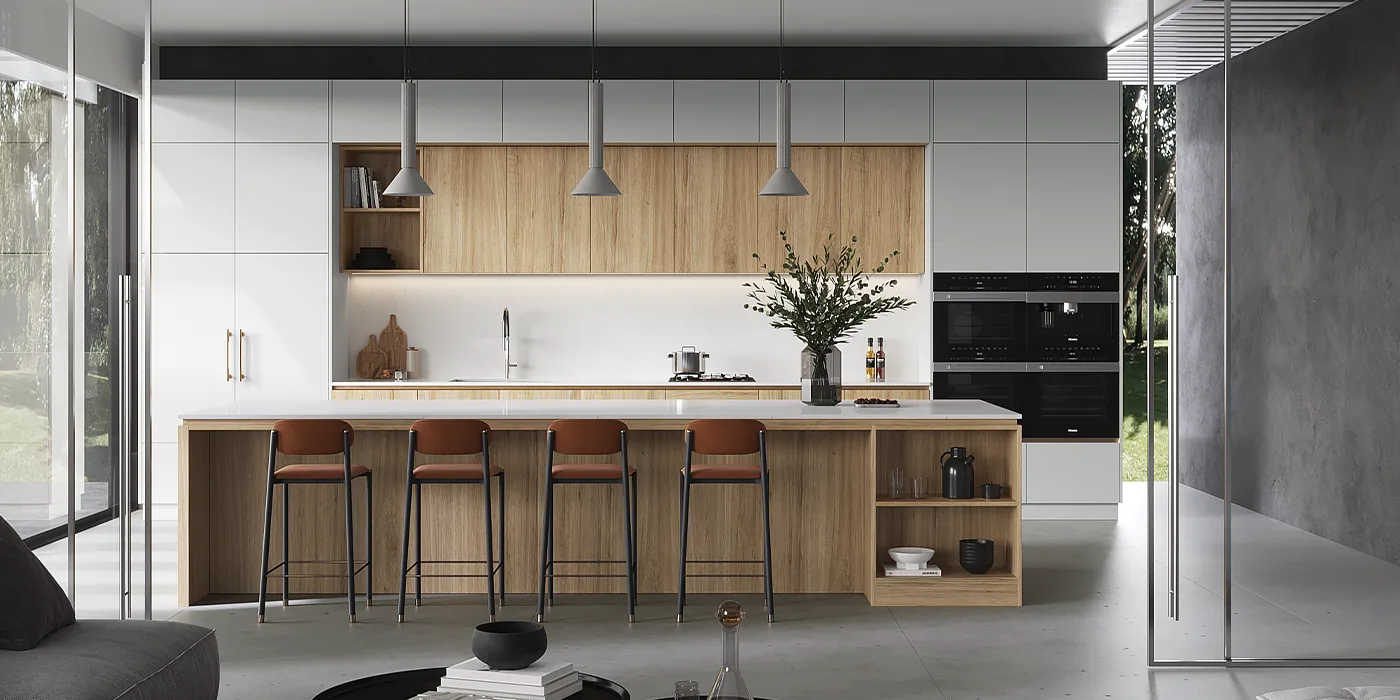
Built-in kitchen cupboards are an integral part of modern kitchen design, offering a seamless and customized storage solution that maximizes space efficiency. Unlike freestanding cabinets, built-in cupboards are permanently fixed to the walls, floor, or ceiling, creating a cohesive and streamlined look. These custom-fitted storage units are designed to blend seamlessly with the kitchen’s architecture, making them an attractive option for homeowners seeking a polished and organized cooking space.
The benefits of built-in kitchen cupboards extend far beyond their aesthetic appeal. One of the primary advantages is their ability to utilize every inch of available space, including awkward corners and hard-to-reach areas. This efficient use of space allows for increased storage capacity, helping to keep countertops clutter-free and creating a more functional kitchen environment. Additionally, built-in cupboards can be tailored to specific storage needs, accommodating everything from small utensils to large appliances with ease.
Another significant benefit of built-in kitchen cupboards is their potential to increase a home’s value. Prospective buyers often view custom cabinetry as a desirable feature, perceiving it as a high-quality, long-lasting investment. The sleek, integrated look of built-in cupboards can also make a kitchen appear more spacious and well-designed, further enhancing its appeal in the real estate market.
The Evolution of Kitchen Storage: From Freestanding to Built-In
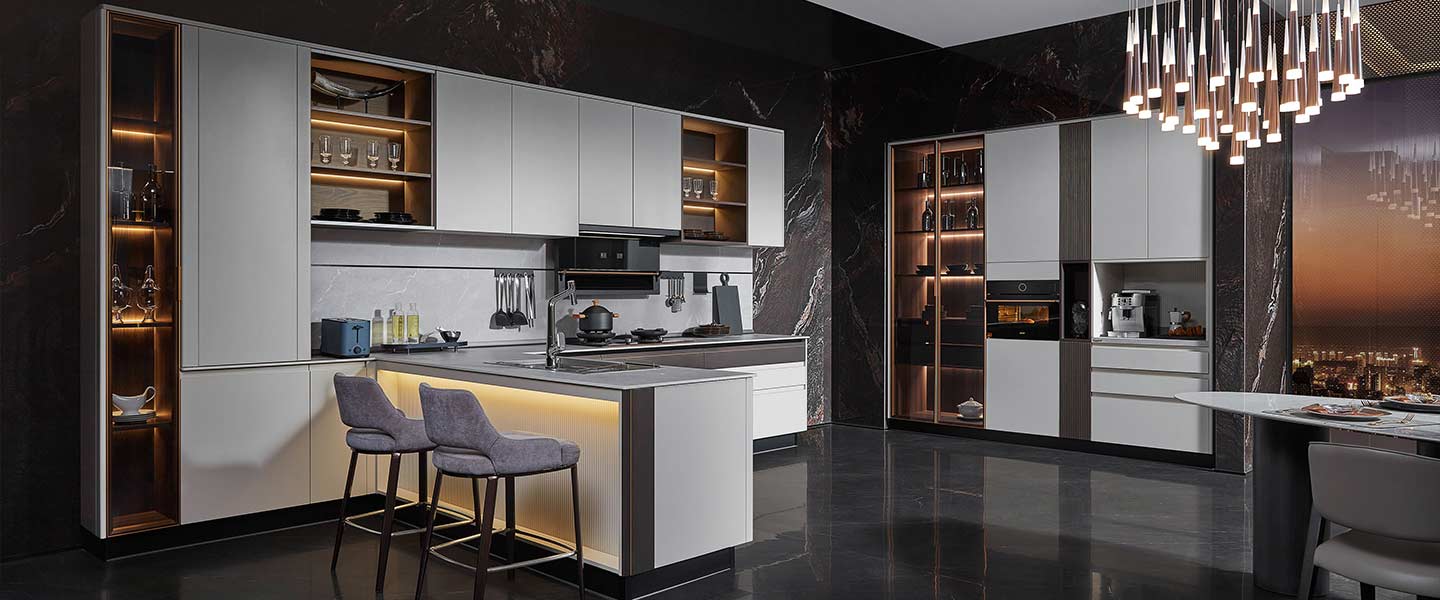
The concept of kitchen storage has undergone a remarkable transformation over the years. In the early 20th century, kitchens typically featured freestanding furniture pieces such as Hoosier cabinets and pantry boxes. These standalone units were functional but often lacked cohesion and efficiency in terms of space utilization.
As kitchen design evolved, the idea of built-in storage began to take shape. The post-World War II era saw a surge in the popularity of fitted kitchens, with built-in cupboards becoming a standard feature in many homes. This shift was driven by a desire for more streamlined, efficient spaces that could accommodate the growing number of kitchen appliances and gadgets.
Today, built-in kitchen cupboards have become the norm in modern kitchen design. Advances in materials and manufacturing techniques have allowed for increasingly sophisticated and customizable storage solutions. From pull-out pantry systems to specialized compartments for small appliances, built-in cupboards now offer a level of organization and efficiency that was unimaginable in the past.
Types of Built-In Kitchen Cupboards: Exploring Your Options
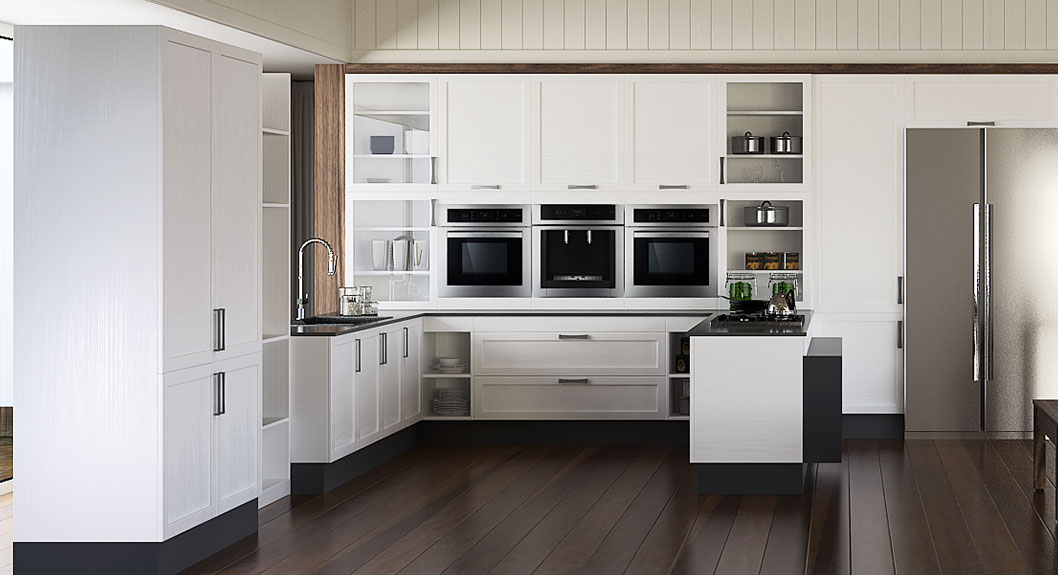
- Base Cabinets:
- Standard lower cabinets
- Drawer units
- Corner cabinets with carousel or pull-out systems
- Wall Cabinets:
- Standard upper cabinets
- Open shelving units
- Glass-front display cabinets
- Tall Cabinets:
- Pantry units
- Appliance housings
- Combination units with both open and closed storage
- Specialty Cabinets:
- Pull-out spice racks
- Trash and recycling centers
- Appliance garages
Each type of built-in cupboard serves a specific purpose and can be customized to meet individual needs. Base cabinets provide ample storage for pots, pans, and larger kitchen items, while wall cabinets are ideal for storing dishes, glassware, and frequently used ingredients. Tall cabinets offer vertical storage solutions, perfect for pantry items or housing built-in appliances. Specialty cabinets add functionality and organization to the kitchen, helping to keep small items tidy and easily accessible.
Design Considerations for Built-In Kitchen Cupboards
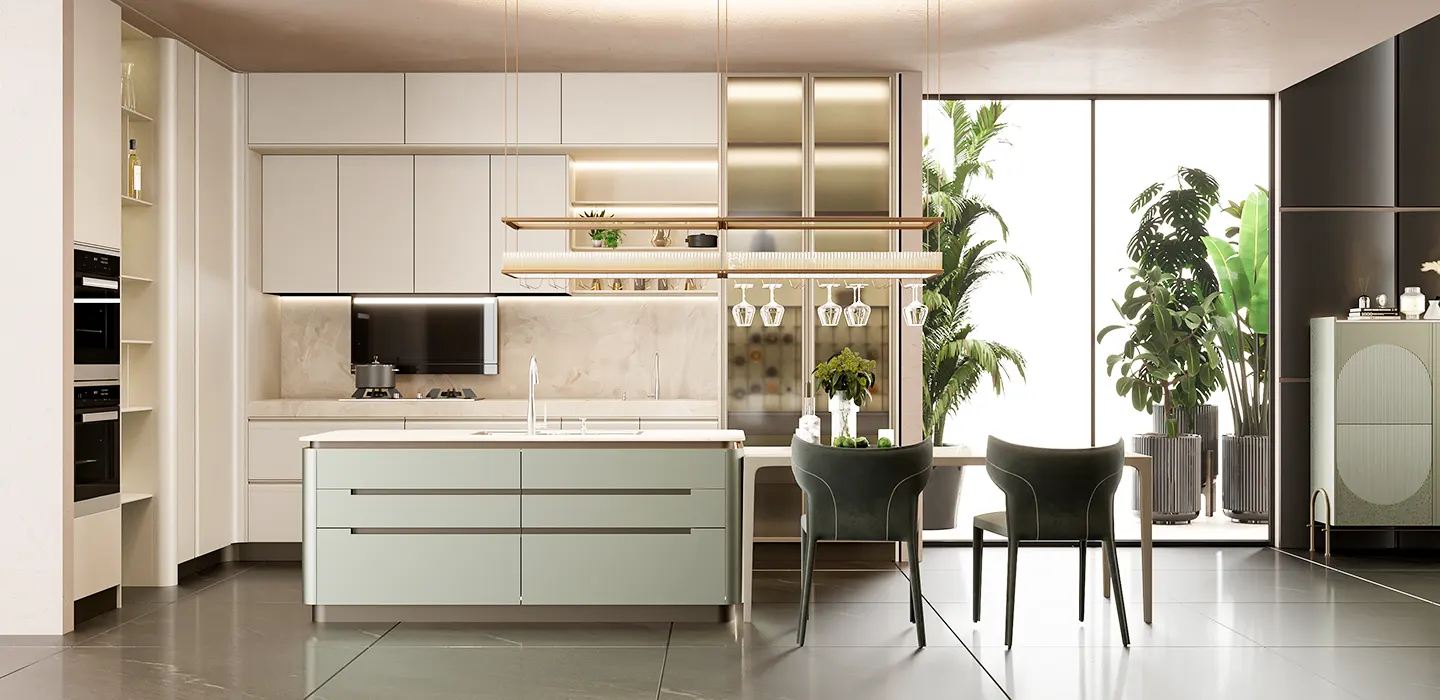
When planning built-in kitchen cupboards, several design factors should be taken into account to ensure optimal functionality and aesthetic appeal. The layout of the kitchen plays a crucial role in determining the placement and configuration of built-in cupboards. The classic work triangle concept, which positions the sink, stove, and refrigerator in a triangular arrangement, can serve as a starting point for organizing storage areas around these key elements.
The height and depth of built-in cupboards should be carefully considered to ensure ease of access and maximum storage capacity. Upper cabinets are typically installed 18 inches above the countertop, but this can be adjusted based on personal preference and the height of the users. Base cabinets are generally 24 inches deep, but shallower options may be used in smaller kitchens or to create a more open feel.
Color and style are also important considerations when designing built-in kitchen cupboards. The choice of cabinet fronts, hardware, and finishes can dramatically impact the overall look of the kitchen. Modern kitchens often feature sleek, handleless cabinets in neutral tones, while traditional kitchens may opt for raised panel doors and decorative hardware. It’s essential to choose a style that complements the home’s architecture and personal taste while also considering long-term appeal.
Maximizing Storage with Smart Built-In Cupboard Features
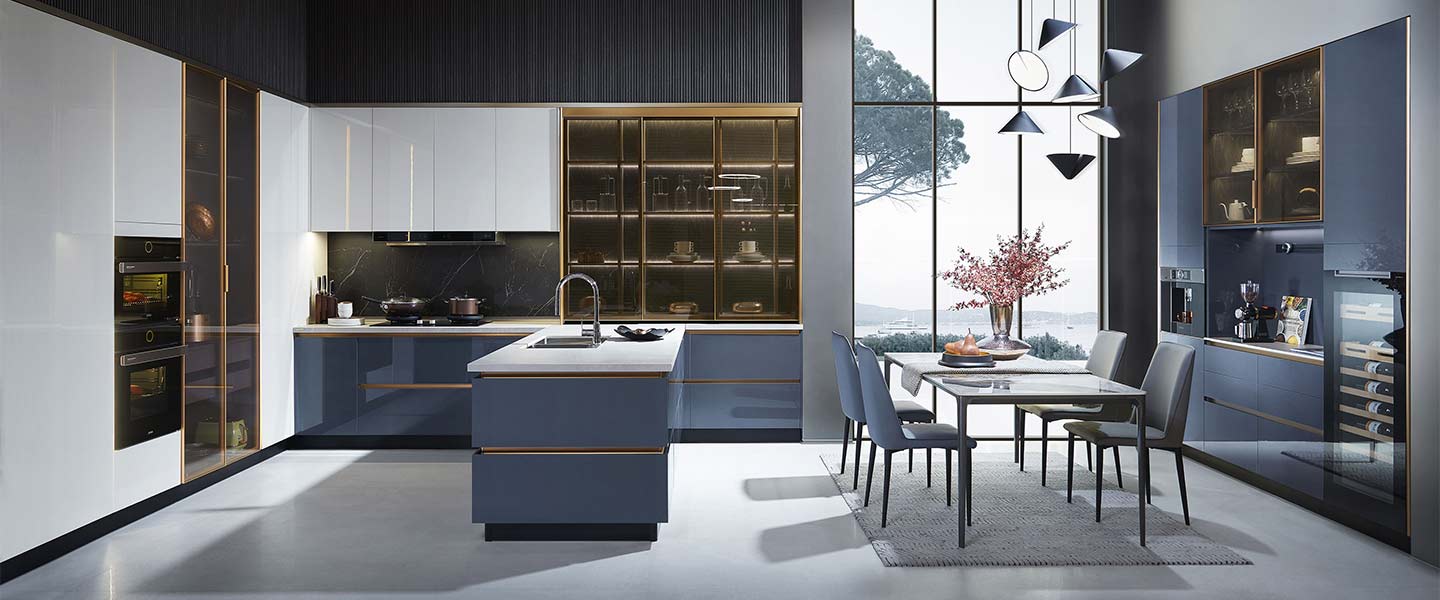
To truly maximize the potential of built-in kitchen cupboards, consider incorporating smart storage features that enhance organization and accessibility. Some innovative options include:
- Pull-out shelves and drawers: These make it easy to access items stored at the back of deep cabinets.
- Vertical dividers: Ideal for storing baking sheets, cutting boards, and trays.
- Lazy Susans: Perfect for corner cabinets, allowing easy access to all items.
- Built-in charging stations: Keep electronic devices organized and charged.
- Under-cabinet lighting: Improves visibility and adds ambiance to the kitchen.
Implementing these features can significantly improve the functionality of built-in cupboards, making the kitchen more efficient and enjoyable to use. When planning these additions, consider the specific items that will be stored in each area and choose features that best accommodate those needs.
Materials and Finishes for Built-In Kitchen Cupboards
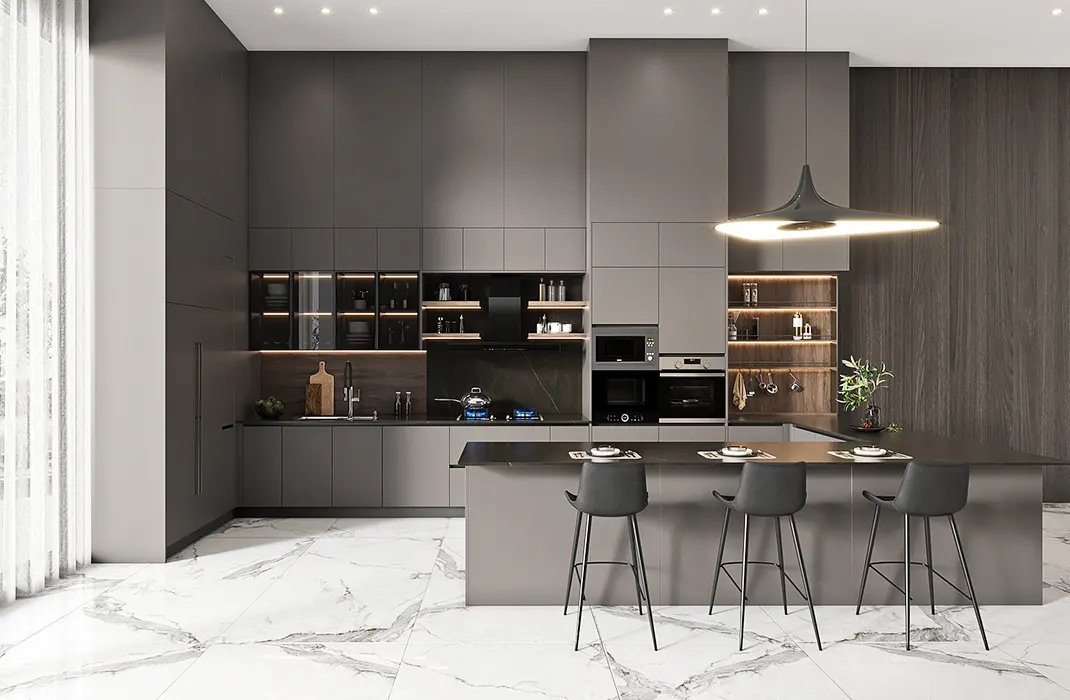
The choice of materials and finishes for built-in kitchen cupboards can greatly impact both their durability and aesthetic appeal. Some popular options include:
- Wood:
- Oak
- Maple
- Cherry
- Walnut
- Engineered Wood Products:
- Medium-density fiberboard (MDF)
- Particleboard with veneer or laminate
- Metal:
- Stainless steel
- Aluminum
- Glass:
- Clear glass
- Frosted glass
- Textured glass
Each material offers unique benefits and drawbacks. Solid wood provides a classic, high-end look but can be expensive and susceptible to warping. Engineered wood products offer a more affordable alternative and can be highly durable when properly sealed. Metal cabinets are extremely durable and easy to clean, making them a popular choice in modern kitchens. Glass elements can add visual interest and create the illusion of more space.
When selecting finishes, consider both aesthetics and practicality. High-gloss finishes can create a sleek, contemporary look but may show fingerprints more easily. Matte finishes offer a softer appearance and are generally easier to maintain. The chosen finish should complement the overall design scheme of the kitchen while also meeting the practical needs of daily use.
Custom vs. Pre-Made Built-In Kitchen Cupboards: Pros and Cons
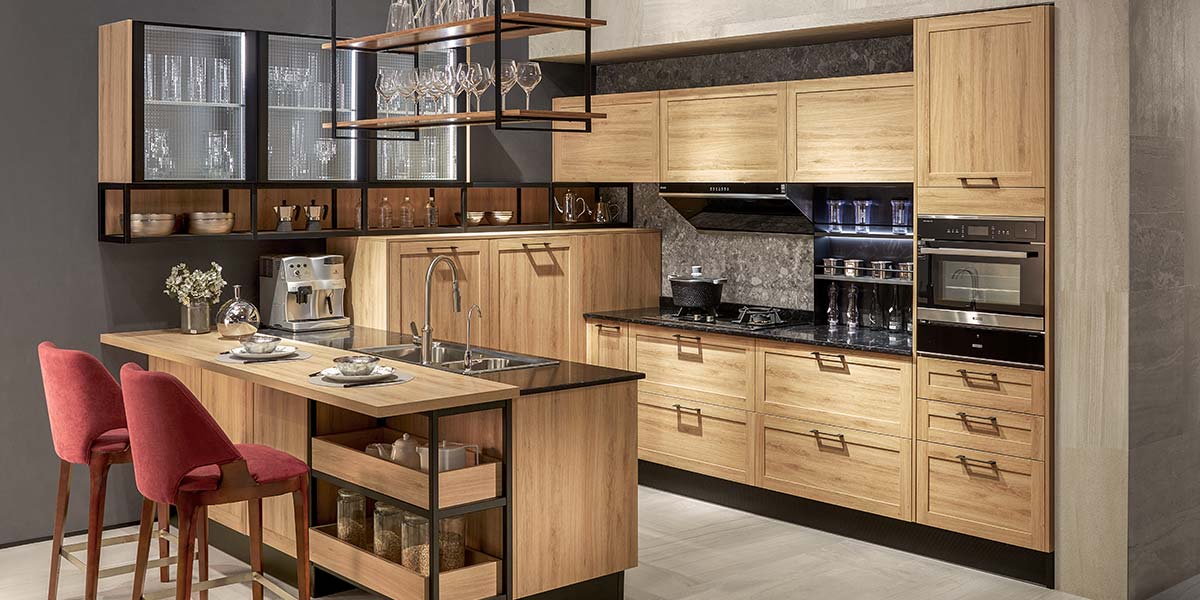
When it comes to built-in kitchen cupboards, homeowners have the option of choosing between custom-made and pre-made solutions. Each approach has its advantages and disadvantages:
Custom Built-In Cupboards:
Pros:
- Tailored to exact specifications
- Maximizes use of available space
- Allows for unique design features
- Can accommodate non-standard dimensions
Cons:
- Generally more expensive
- Longer lead time for design and installation
- May require specialized maintenance
Pre-Made Built-In Cupboards:
Pros:
- More affordable
- Quicker installation process
- Easier to replace or update in the future
- Often come with warranties
Cons:
- Limited size and style options
- May not fit perfectly in all spaces
- Less opportunity for customization
The decision between custom and pre-made built-in cupboards often comes down to budget, timeline, and specific design requirements. For those with standard kitchen dimensions and straightforward storage needs, pre-made options can offer a cost-effective solution. However, homeowners with unique spaces or specific design visions may find that the investment in custom cupboards pays off in terms of functionality and aesthetic satisfaction.
Enhancing Your Kitchen’s Value with Built-In Cupboards
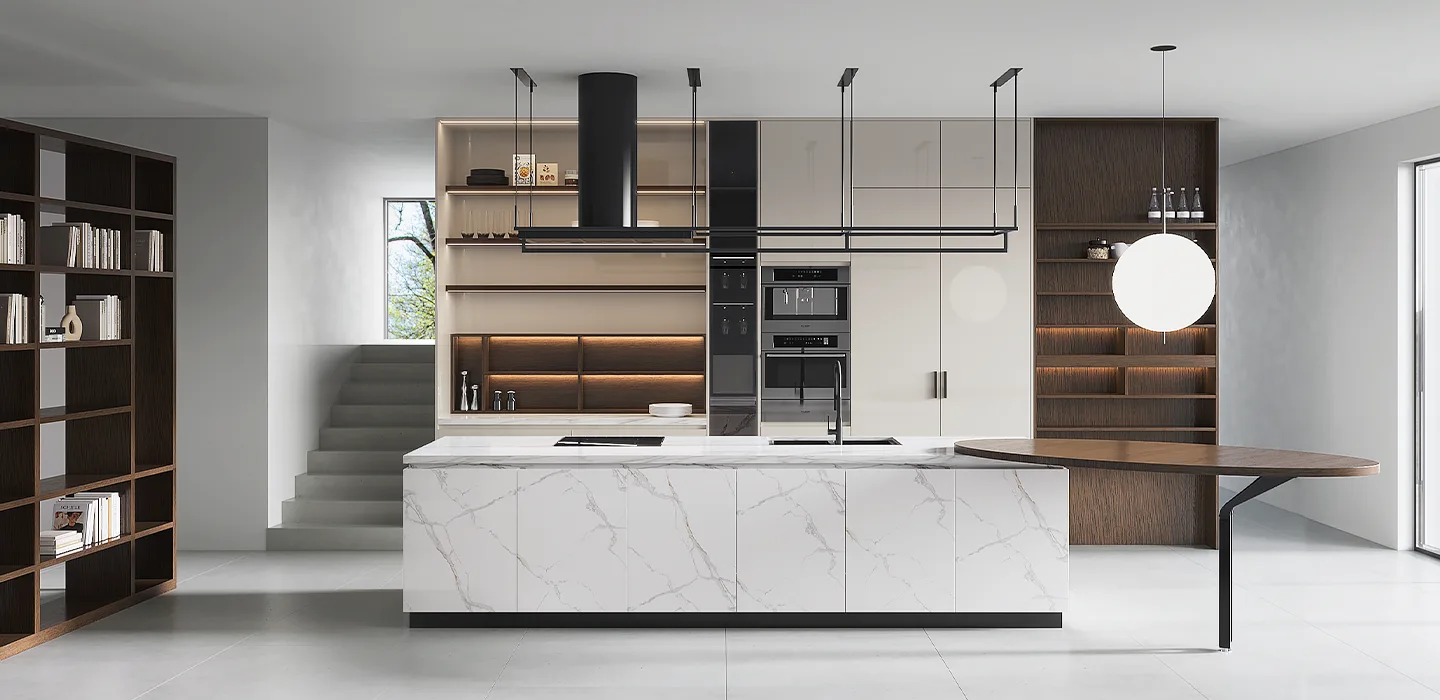
Investing in high-quality built-in kitchen cupboards can significantly enhance the value of a home. These custom storage solutions not only improve the functionality of the kitchen but also create a more appealing and modern aesthetic. Potential buyers often view well-designed built-in cupboards as a desirable feature, perceiving them as a sign of quality craftsmanship and attention to detail.
To maximize the value-adding potential of built-in cupboards, consider opting for timeless designs and neutral color schemes that will appeal to a wide range of tastes. High-quality materials and hardware can also contribute to the perceived value of the kitchen. Additionally, incorporating smart storage solutions and energy-efficient features can further enhance the appeal to potential buyers who prioritize functionality and sustainability.
It’s important to note that while built-in cupboards can add value to a home, the return on investment may vary depending on the local real estate market and the overall quality of the installation. Consulting with a real estate professional or kitchen design expert can provide valuable insights into which features and styles are most likely to yield the best return in a specific area.
Conclusion: Transforming Your Kitchen with Built-In Cupboards
Built-in kitchen cupboards offer a powerful way to transform the heart of the home, combining style, functionality, and efficiency. By carefully considering design elements, materials, and storage features, homeowners can create a kitchen that not only meets their immediate needs but also adds long-term value to their property. Whether opting for custom or pre-made solutions, the key is to prioritize quality and thoughtful design to ensure that the built-in cupboards stand the test of time both in terms of durability and style.
As kitchen design continues to evolve, built-in cupboards remain at the forefront of innovative storage solutions. By embracing these customized storage options, homeowners can enjoy a more organized, efficient, and visually appealing kitchen space that truly reflects their lifestyle and enhances their daily cooking experience.
If you’re considering built-in kitchen cupboards for your upcoming residential or commercial project, we invite you to explore our extensive selection. Our team of cabinetry experts will guide you through the design and installation process, from choosing the perfect style and configuration to ensuring a seamless installation. Contact us to schedule a consultation today to experience the beauty and affordability of OPPEIN cabinets.